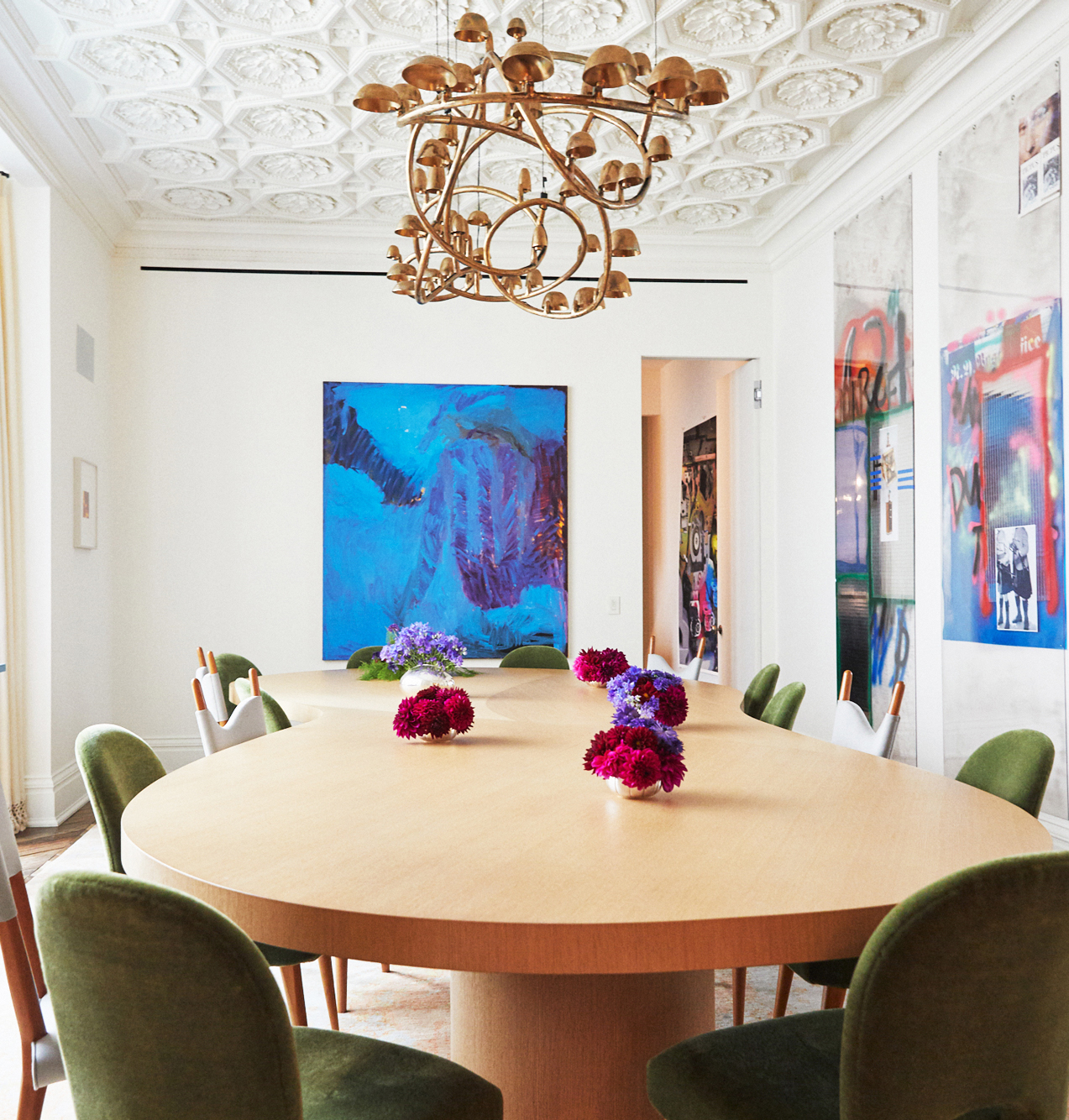Pau-Brasil
2014 - Sculpture (Sculpture)
16 x 13 x 24 cm.
Thiago Honório
Pau-Brasil is a sculpture by Thiago Honório that references Oswald de Andrade’s 1925 classic of Brazilian modernist literature of the same title. De Andrade’s work demands the resuscitation of “Brazilian” language and culture, advocating for the cultivation of invention and an illogical, “agile and candid” attitude. In response, Honorio’s work takes the physical form of a laquered stalk of the pau brasil tree, from which de Andrade’s work drew its title, piercing the physical form of the book itself. Pau brasil wood was highly valued in Europe, giving the work a cyclical quality in it’s juxtaposition of text-based conceptual commodity (made out of paper, the dessicated product of trees) pierced by a physical, natural commodity of the tree itself. This is a fitting meta-synopsis of de Andrade’s work, given his advocacy for a regionalized, pure art, eschewing a photographic or naturalistic approach. What emerges in Honório’s work is a miasmatic sculpture, capriciously representing the complexity of Brazilian literary history and its material aftermath.
Brazil-based artist Thiago Honório’s primarily sculptural practice takes found or commodified objects and creates complex, visually unusual representations that manipulate the chosen materials against their “intended” purposes. The resulting sculptures reverberate with the past lives of their materials: amongst their contradictory uses, they further develop a matrix of contact between disparate bodies of knowledge and temporalities. Honório uses his sculptures to develop multimodal but specific references to Brazilian history and its multitude of cultures and contexts, emphasizing the construction of new potentialities from the discarded commodities of the past.
Colors:
Related works sharing similar palette
» see more

© » ARTS EQUATOR
Our Cultural Medallion Story: 3 ways to explore this showcase of Singapore artists | ArtsEquator Thinking and Talking about Arts and Culture in Southeast Asia ArtsEquator Viewpoints Courtesy of Arts House Limited December 16, 2021 By Janice Yap A new interactive showcase is shining the spotlight on the 130 artists who have been conferred the Cultural Medallion, Singapore’s highest accolade for the arts...

© » KADIST
Edgardo Aragón
2007Efectos de familia (Family Effects, 2007–9) is a series of 13 videos that dramatize an array of abusive events derived from Edgardo Aragón’s family’s history—specifically its involvement with organized crime...

© » THEARTNEWSPER
MoMA store recalls popular Yoshitomo Nara snow globes over ‘laceration hazard’ Art market Museums & heritage Exhibitions Books Podcasts Columns Technology Adventures with Van Gogh Search Search Museum gifts news MoMA store recalls popular Yoshitomo Nara snow globes over ‘laceration hazard’ To date almost 40 of the cutesy snow globes that were sold last November have either fractured or cracked Benjamin Sutton 8 February 2024 Share Yoshitomo Nara's Little Wanderer snow globes The Museum of Modern Art (MoMA) in New York has recalled one of its store’s popular holiday gift items, a series of snow globes designed by Japanese contemporary artist Yoshitomo Nara, because they “can crack or fracture, posing a laceration hazard”...
Related works found in the same semantic group
» see more

© » KADIST
José Leonilson
1984O Africano (1984) is a large acrylic painting on canvas, made early in the artist’s career, and directly references both Leonilson’s artistic precursors and his desire to imagine and capture what it means to be Brazilian...

© » SLASH PARIS
Météo des forêts — La MABA — Exhibition — Slash Paris Login Newsletter Twitter Facebook Météo des forêts — La MABA — Exhibition — Slash Paris English Français Home Events Artists Venues Magazine Videos Back Météo des forêts Exhibition Film, installation, mixed media Upcoming Julien Prévieux et Virginie Yassef, L’Arbre, 2009 — Image : Élie Godard Film Super 8 transféré sur DVD — 7 min 18 — Ed 4 + 2 Courtesy des artistes Météo des forêts In about 1 month: January 18 → April 7, 2024 La MABA présente, du 18 janvier au 7 avril 2024, Météo des forêts : une exposition collective réunissant des travaux d’artistes de diverses générations travaillant différents médiums (dessin, photographie, vidéo, sculpture, installation…)...



